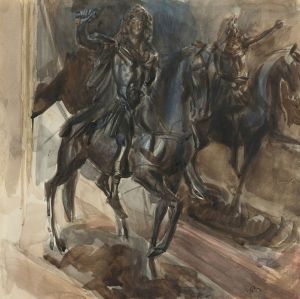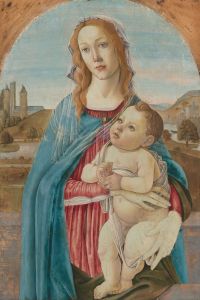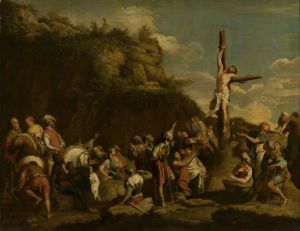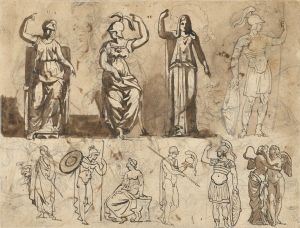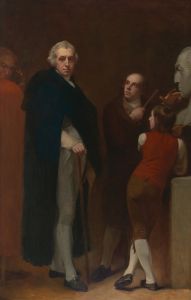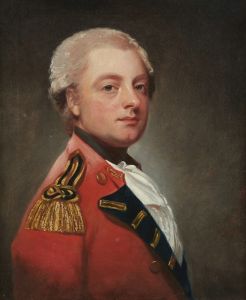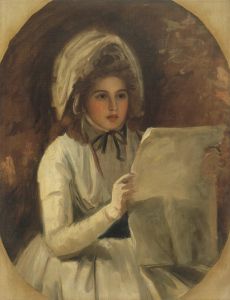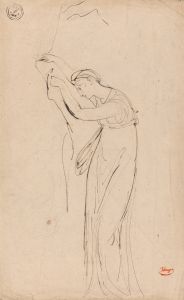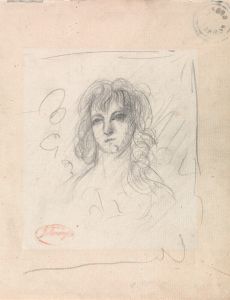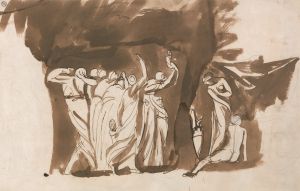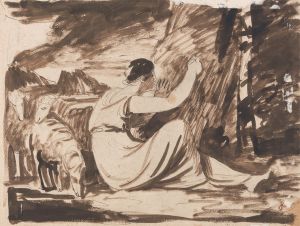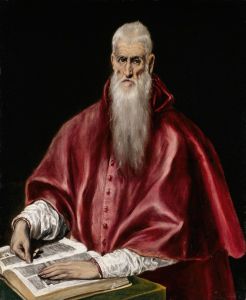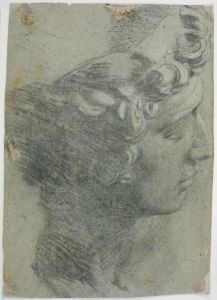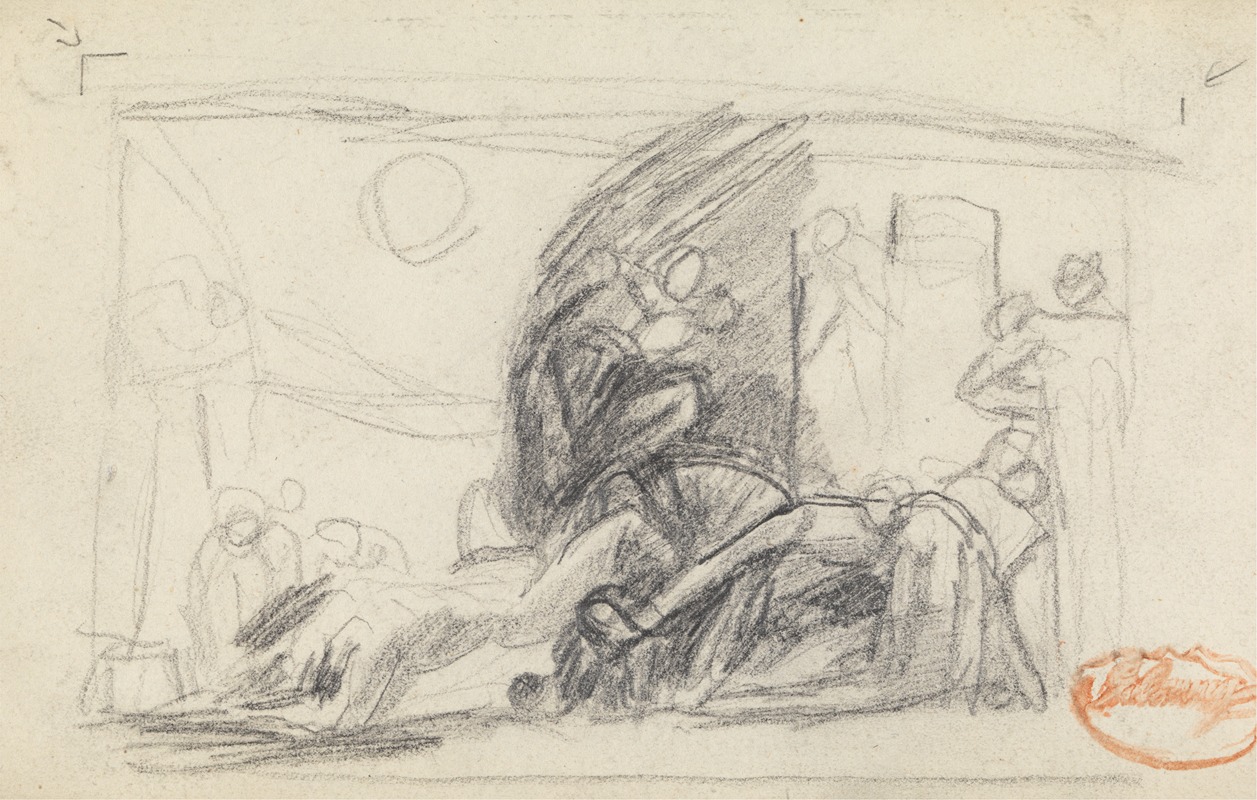
Figure Composition Study
A hand-painted replica of George Romney’s masterpiece Figure Composition Study, meticulously crafted by professional artists to capture the true essence of the original. Each piece is created with museum-quality canvas and rare mineral pigments, carefully painted by experienced artists with delicate brushstrokes and rich, layered colors to perfectly recreate the texture of the original artwork. Unlike machine-printed reproductions, this hand-painted version brings the painting to life, infused with the artist’s emotions and skill in every stroke. Whether for personal collection or home decoration, it instantly elevates the artistic atmosphere of any space.
George Romney was an eminent English portrait painter of the late 18th century, known for his vivid and expressive works. Among his various artistic endeavors, Romney also engaged in creating studies and sketches that explored composition and form. One such work is "Figure Composition Study," which, like many of his studies, reflects his interest in the dynamics of human figures and their arrangement within a pictorial space.
Romney was born on December 26, 1734, in Dalton-in-Furness, Lancashire, England. He began his artistic career as an apprentice to a traveling portrait painter named Christopher Steele. After gaining some experience, Romney set up his own practice and gradually built a reputation for his portraiture. His career took a significant turn when he moved to London in 1762, where he became a contemporary of other renowned artists such as Sir Joshua Reynolds and Thomas Gainsborough.
The "Figure Composition Study" by George Romney is indicative of his methodical approach to art. Romney often created preliminary studies to experiment with the arrangement of figures and to capture the essence of movement and interaction. These studies were crucial for his larger compositions, allowing him to explore different poses and relationships between figures before committing to a final work.
Romney's studies often reveal his fascination with classical themes and his admiration for the works of the Old Masters. He was particularly influenced by the compositions of artists like Raphael and Michelangelo, whose works he studied during his travels to Italy between 1773 and 1775. This influence is evident in the way Romney approached the human form, emphasizing grace and fluidity.
The "Figure Composition Study" showcases Romney's skill in rendering the human body with anatomical precision while also imbuing it with a sense of life and movement. His use of light and shadow in these studies often highlights the contours and musculature of the figures, adding depth and dimensionality to the composition.
While specific details about the "Figure Composition Study" are limited, it is representative of Romney's broader body of work, which includes numerous sketches and studies that served as the foundation for his finished paintings. These studies are valuable for understanding Romney's artistic process and his commitment to mastering the complexities of human anatomy and composition.
Romney's legacy as an artist is largely defined by his portraits of prominent figures of his time, including Emma Hamilton, who became his muse and the subject of many of his works. However, his studies and sketches, such as the "Figure Composition Study," provide insight into his creative process and his dedication to exploring the nuances of human expression and form.
In summary, George Romney's "Figure Composition Study" is a testament to his skill as a draftsman and his interest in the compositional arrangement of figures. Though not as widely recognized as his finished portraits, these studies are an integral part of his artistic oeuvre, reflecting his pursuit of excellence in capturing the human form.





